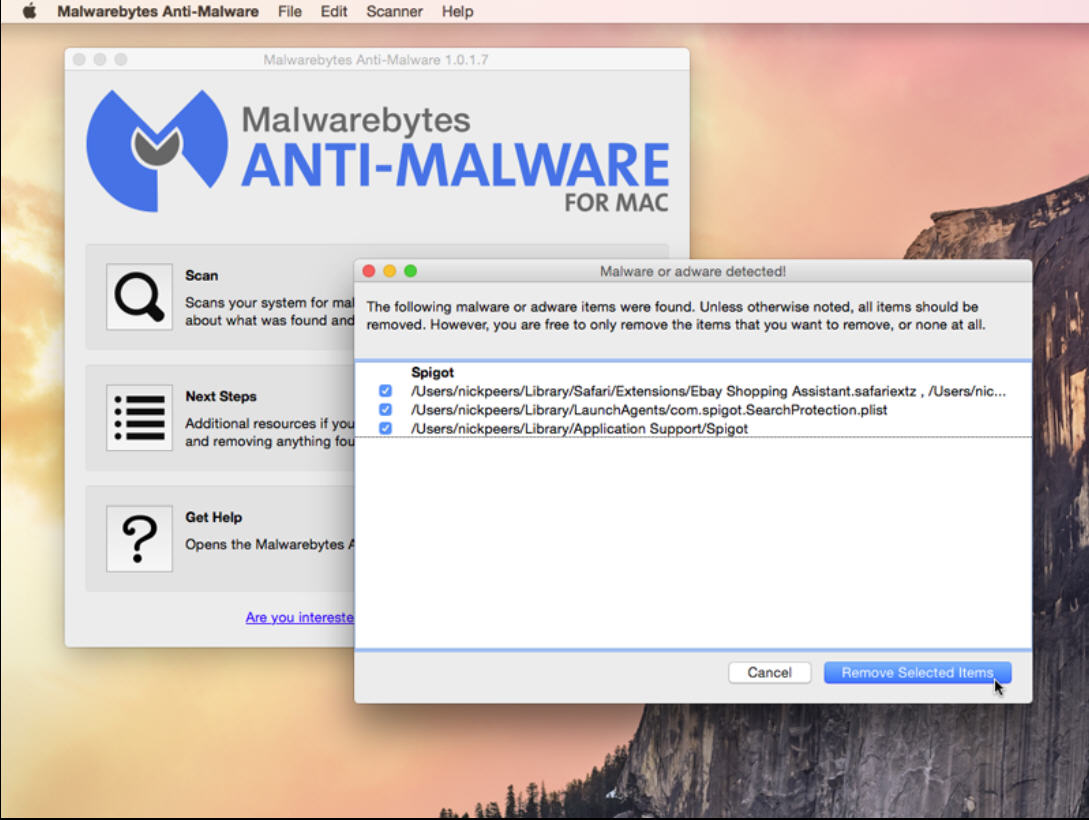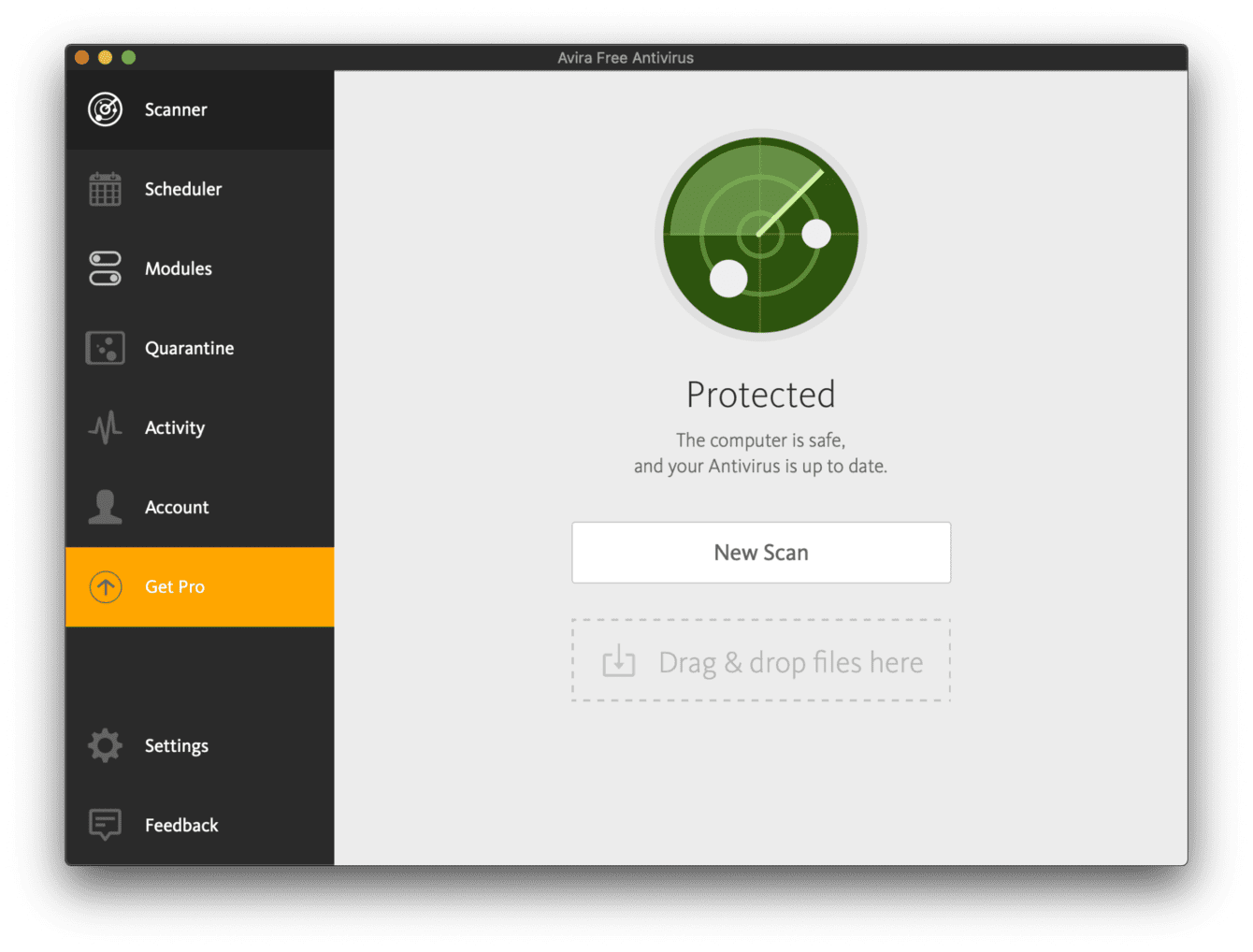

Malware is not always immediately obvious, but there are red flags to look out for. If this has happened to you, read on for advice about how to remove it. Unfortunately, things can slip through the net, and you can still end up with malware on your Mac. This may be due to security patches, cleaner software, or increased user awareness of the threat of malware. In the year up to November, only 17,210 pieces of malware have been found, or 1,434 per month. Thankfully, this figure doesn’t seem quite as high in 2021. In addition, there were 48,000 pop-up ads identified. This is more than 56,000 pieces of malware per month. According to independent security institute AVTest, there were 670,000 pieces of malware targeting macOS in 2020. But now the popularity of Macs is part of the reason that new types of malware are developed every day. The previous lack of viruses and malware is part of the reason Macs have become so popular and a status symbol. This is highly effective, as Apple does a good job of keeping its list of malware and other malicious programs up to date. There is also another piece of software called XProtect, which runs in the background on Macs and constantly scans for malware.

One of the biggest reasons for this is that Apple has written software specifically to control which programs can be run on their devices, named Gatekeeper.

Malware authors have frequently found and exploited weaknesses, such as using obscure file formats or large file sizes that the sandbox can’t process, leaving Mac users at risk of infection.There's no doubt that for a long time, Mac users didn't have to worry about viruses and malware. While sandboxing adds another layer of security for Macs, not even the App Store nor sandboxed apps are 100% safe, as highlighted by the attack on the Chinese version of the App Store by the XCodeGhost Virus. XProtect defends Macs against various types of malware, by scanning downloaded files for signs of infection, but it needs to be regularly updated to recognize new or emerging threats - and it won’t help you if you unwittingly land on an infected or unsafe website.Ī digital certificate is always seen as proof of a file’s security and a surefire sign that the file contains no malicious code, but cybercriminals can still plant malicious code at the file completion stage, exploit security gaps to sign their malicious files with valid digital certificates, and more. The macOS, or Mac OS X system, has existed for 40 years in various forms - it’s robust, and because of its regular updates, malware developers find it hard to keep up with the changes and write viruses that will successfully infect the Mac operating system.Īpple's basic malware detection is built directly into its Mac OS X operating system.


 0 kommentar(er)
0 kommentar(er)
